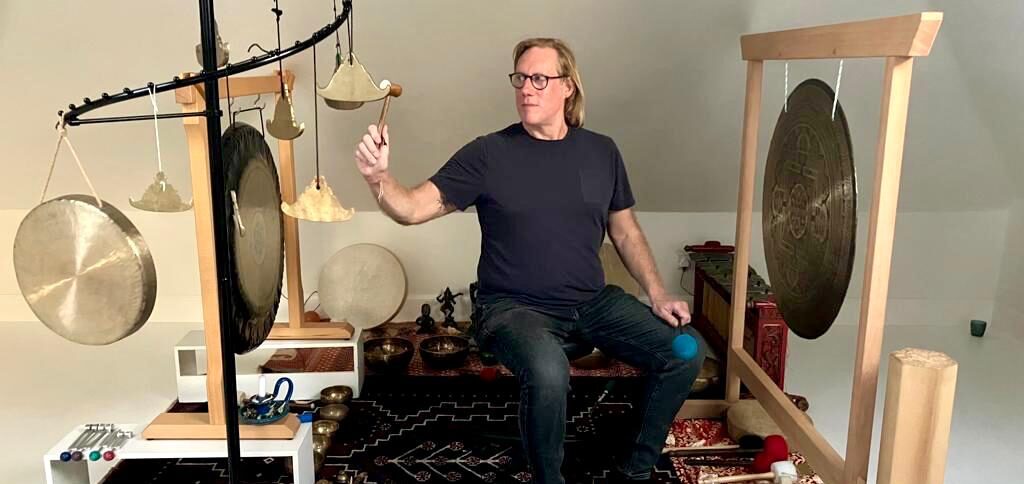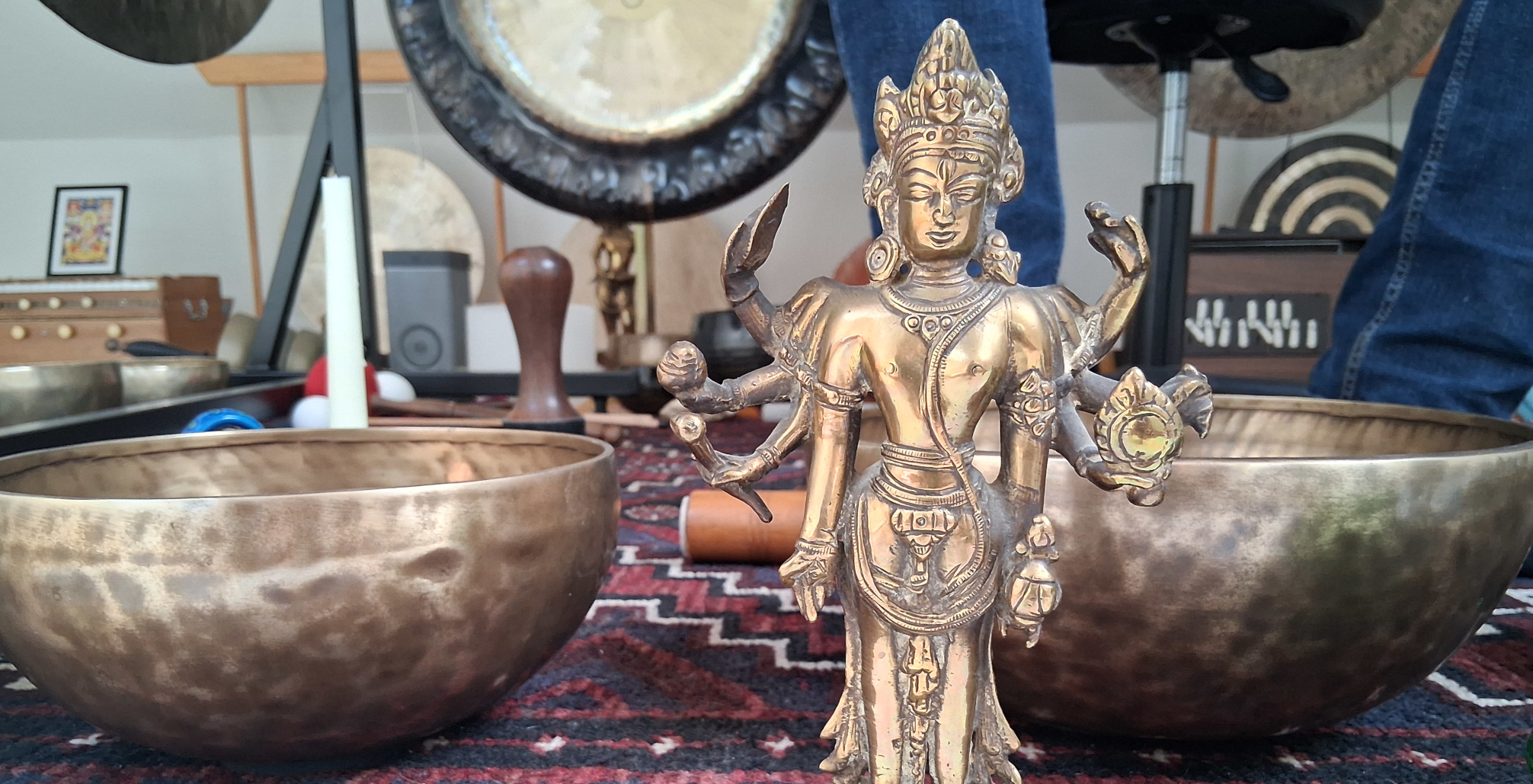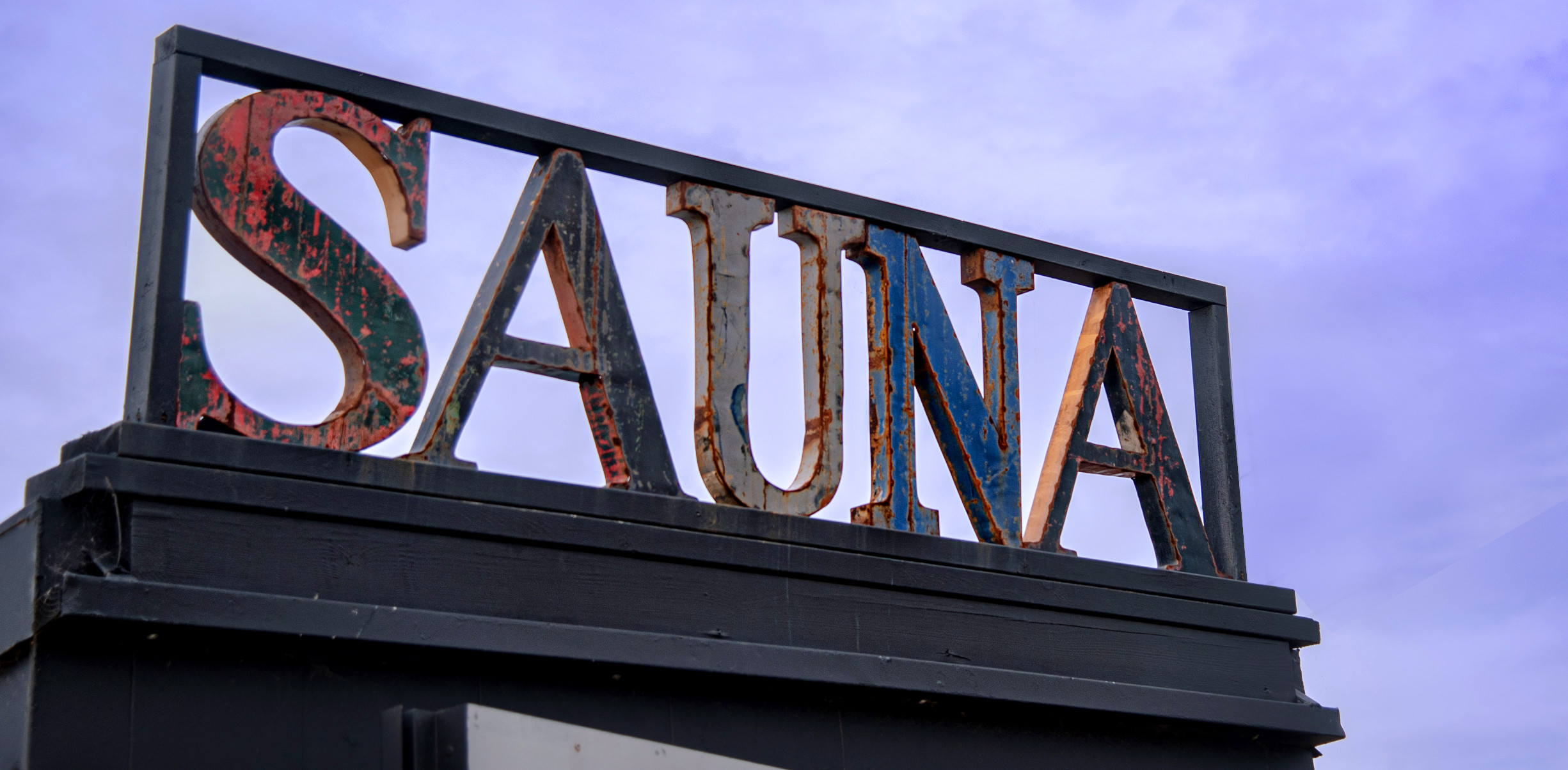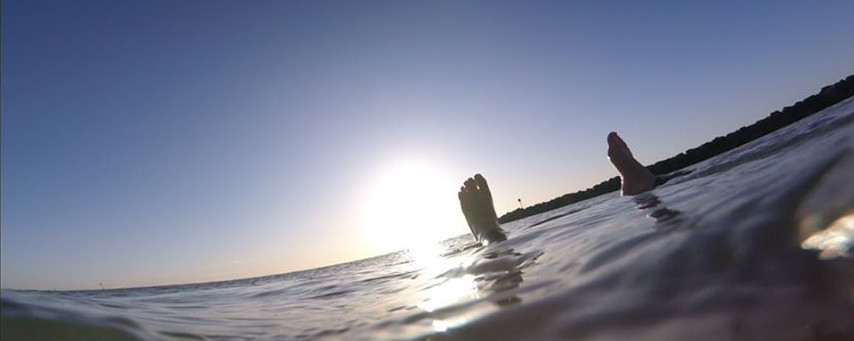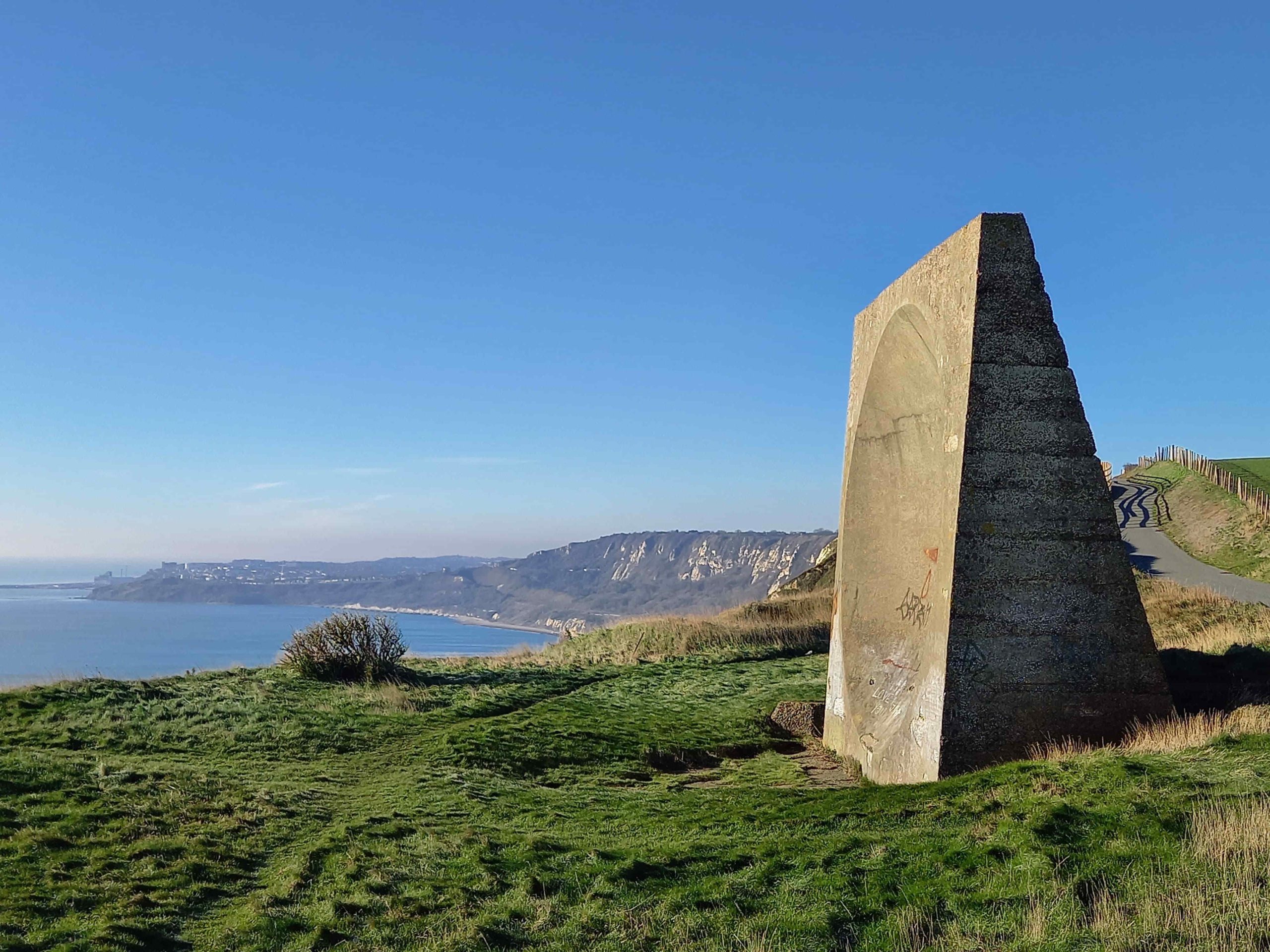Sport & Recreation
Giles Mountain – Sound Practitioner, Artist and somatic coach
Giles Mountain has been living in Folkestone since 2018; before then he was in London, and before that his nomadic lifestyle took him to many places that have influenced his sound practice and artwork today. Based in his studio at the top of his house in Folkestone, Giles runs group and individual sound and somatic sessions. Folkelife met with him to find out more.
“A lot of my experiences with sound have been weaved from my formative years. My parents were expats, so this question of ‘where are you from’ has always been an interesting one. I was born in the Midlands and went to school in different places in the UK. My parents worked in Saudi Arabia for 25 years. And so here I am now in Folkestone, and I have to say, it’s probably the best move I’ve ever done.”
1 hour from london
“I wanted to live one hour from London, but by the sea. If you go to Brighton or Ramsgate, it takes longer than an hour. We got down here and I was surprised this wasn’t talked about more. It’s a rough diamond, beautiful, with seaside and countryside. What more could you want?
“The house is a Victorian beast that had been split into bedsits. So we had a lot of work on our hands to get it back to a home, doing one room at a time. I was still working up in London, but not enjoying what I was doing. I’d started with the College of Sound Healing, doing various studies and qualifications, because I knew at some point I wanted to leave the mainstream corporate world and work in Sound Therapy. Then Covid happened, and the redundancy cheque came through; it seemed like the right time for a career change.”
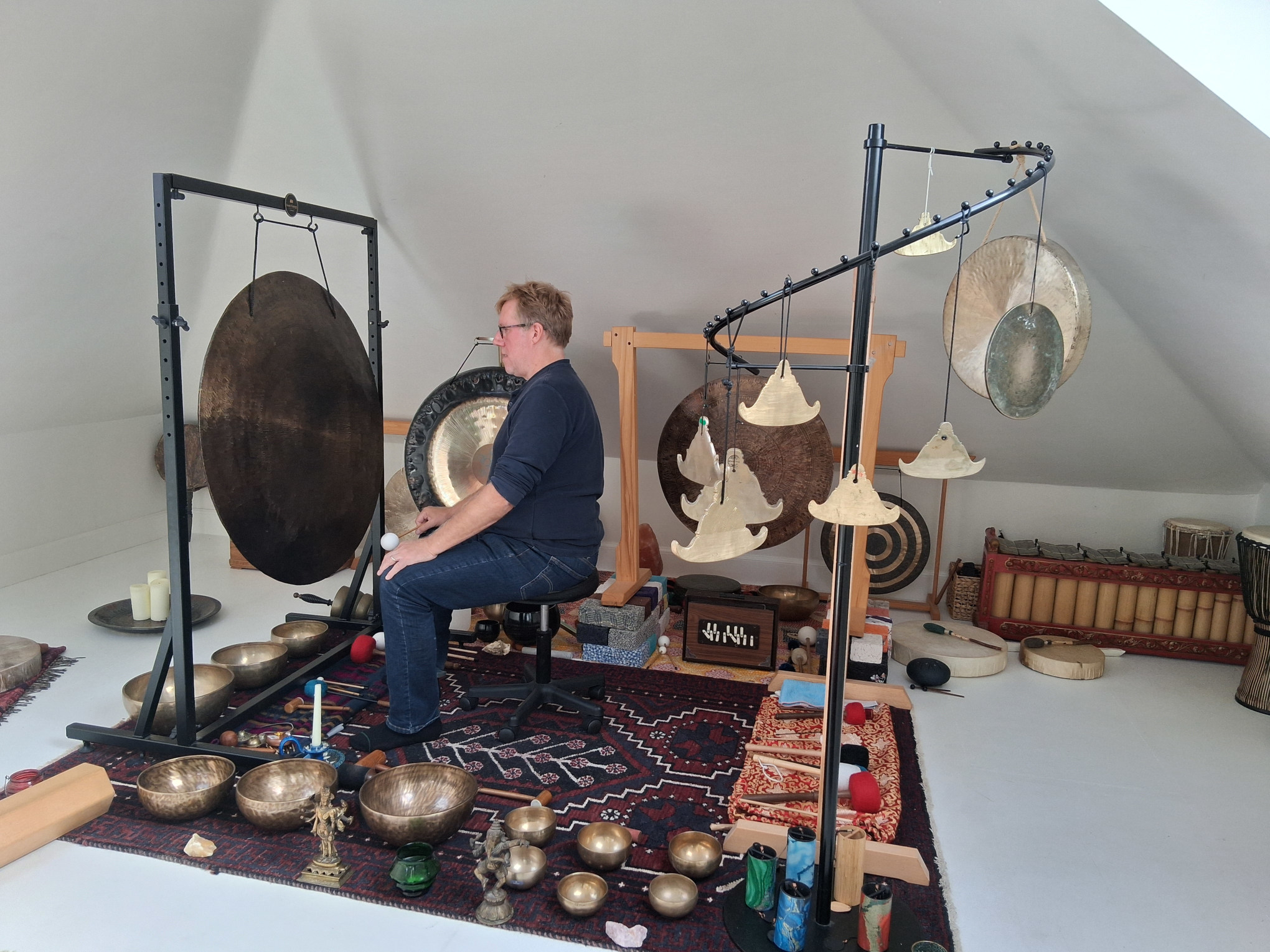
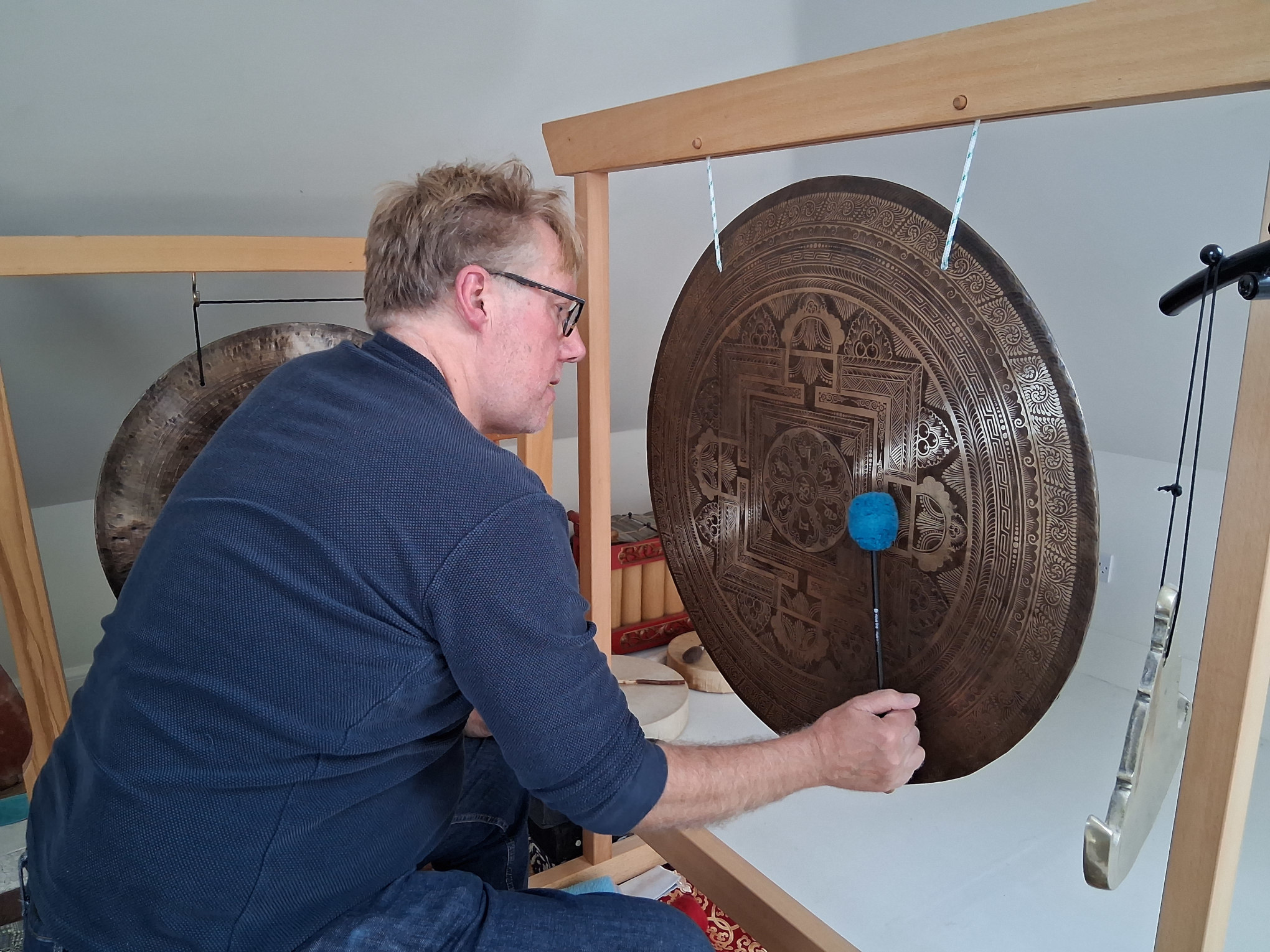
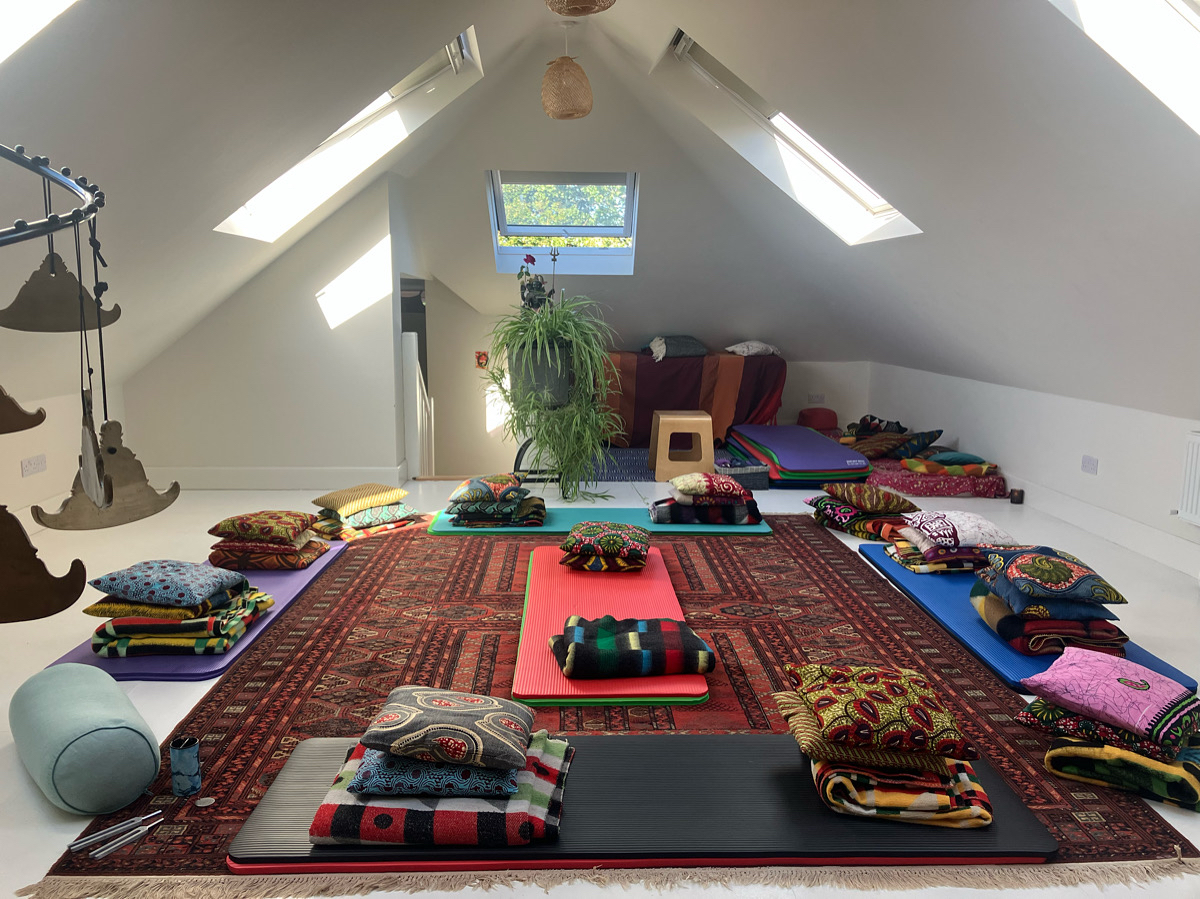
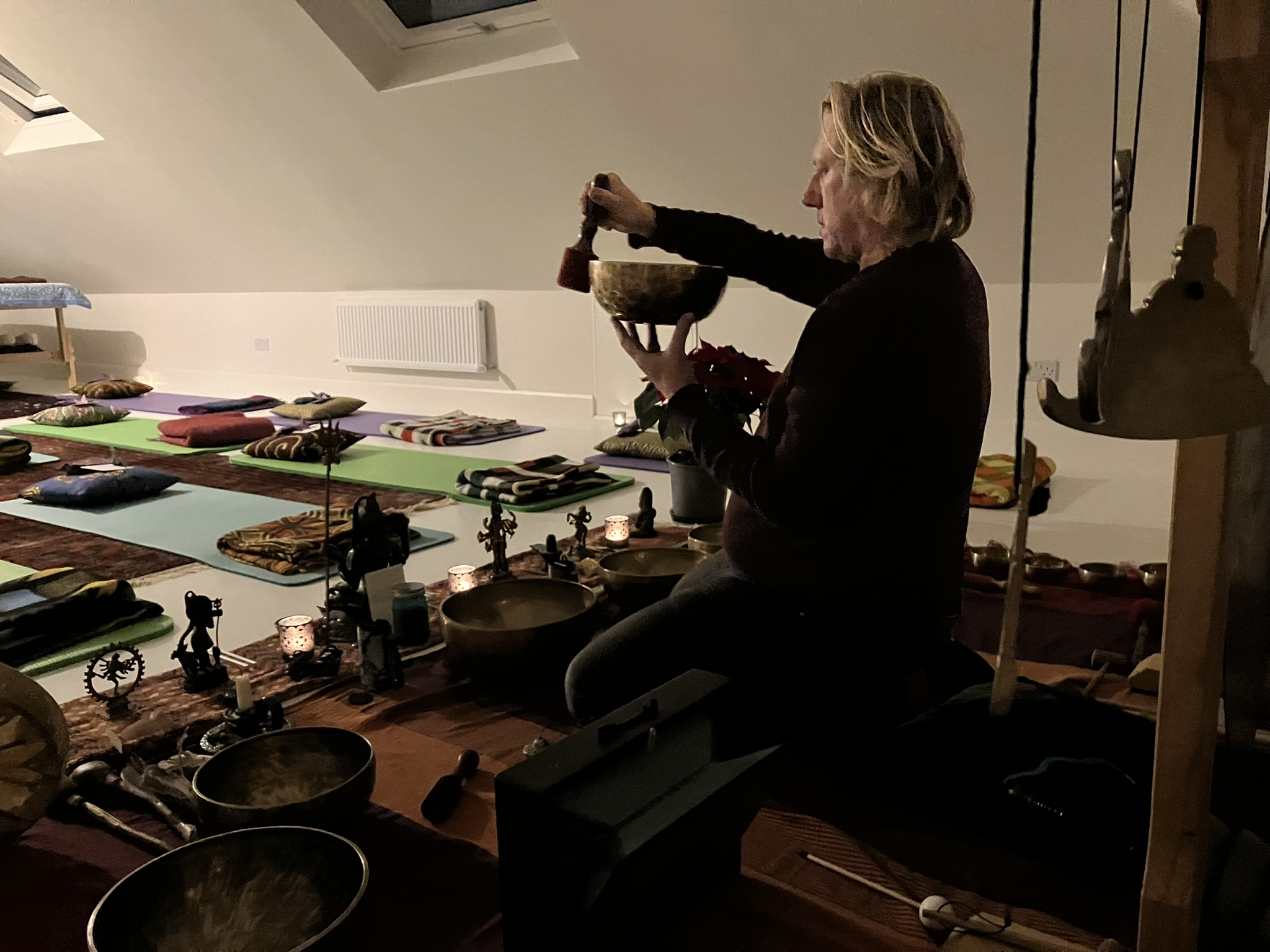
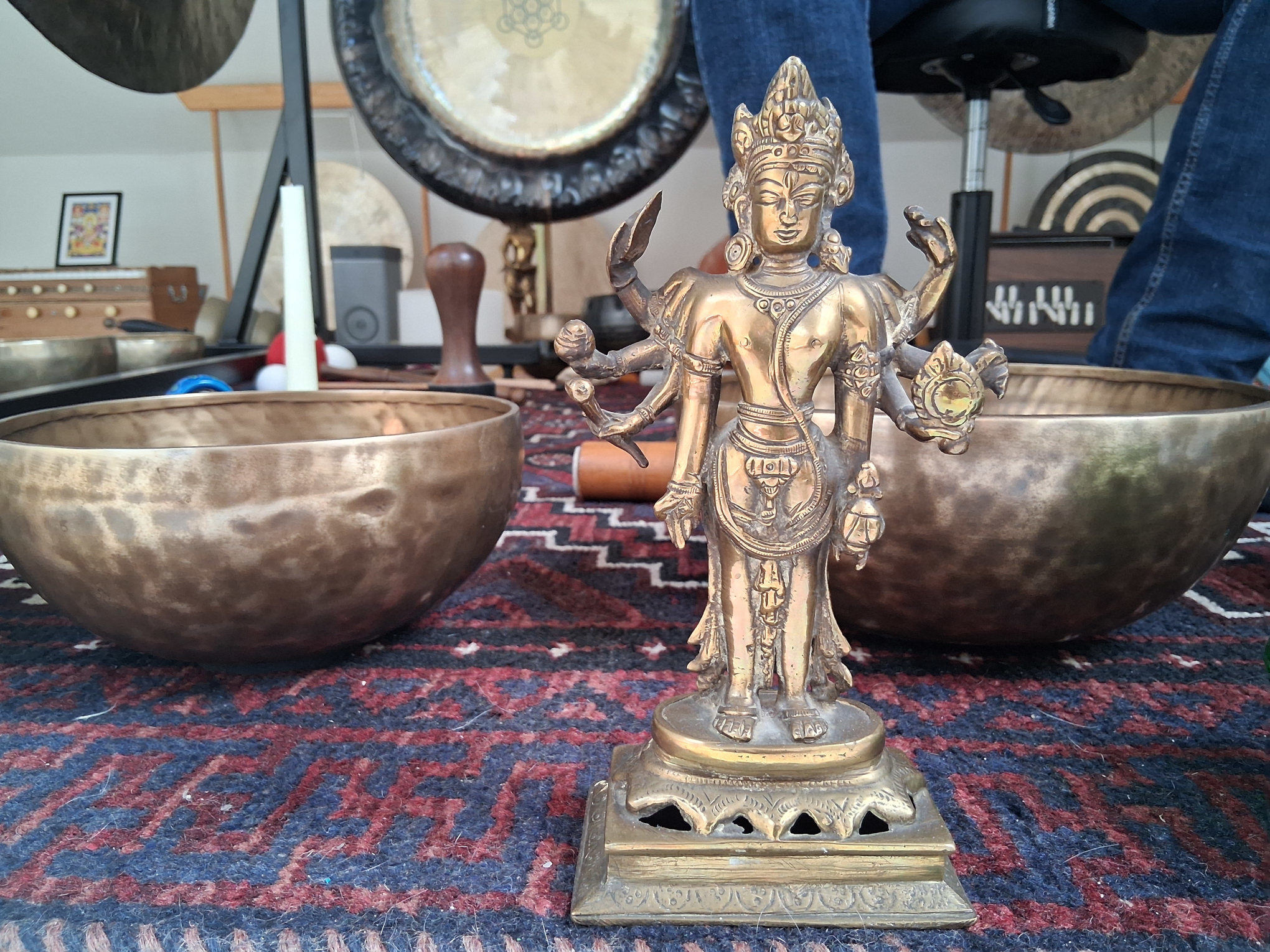
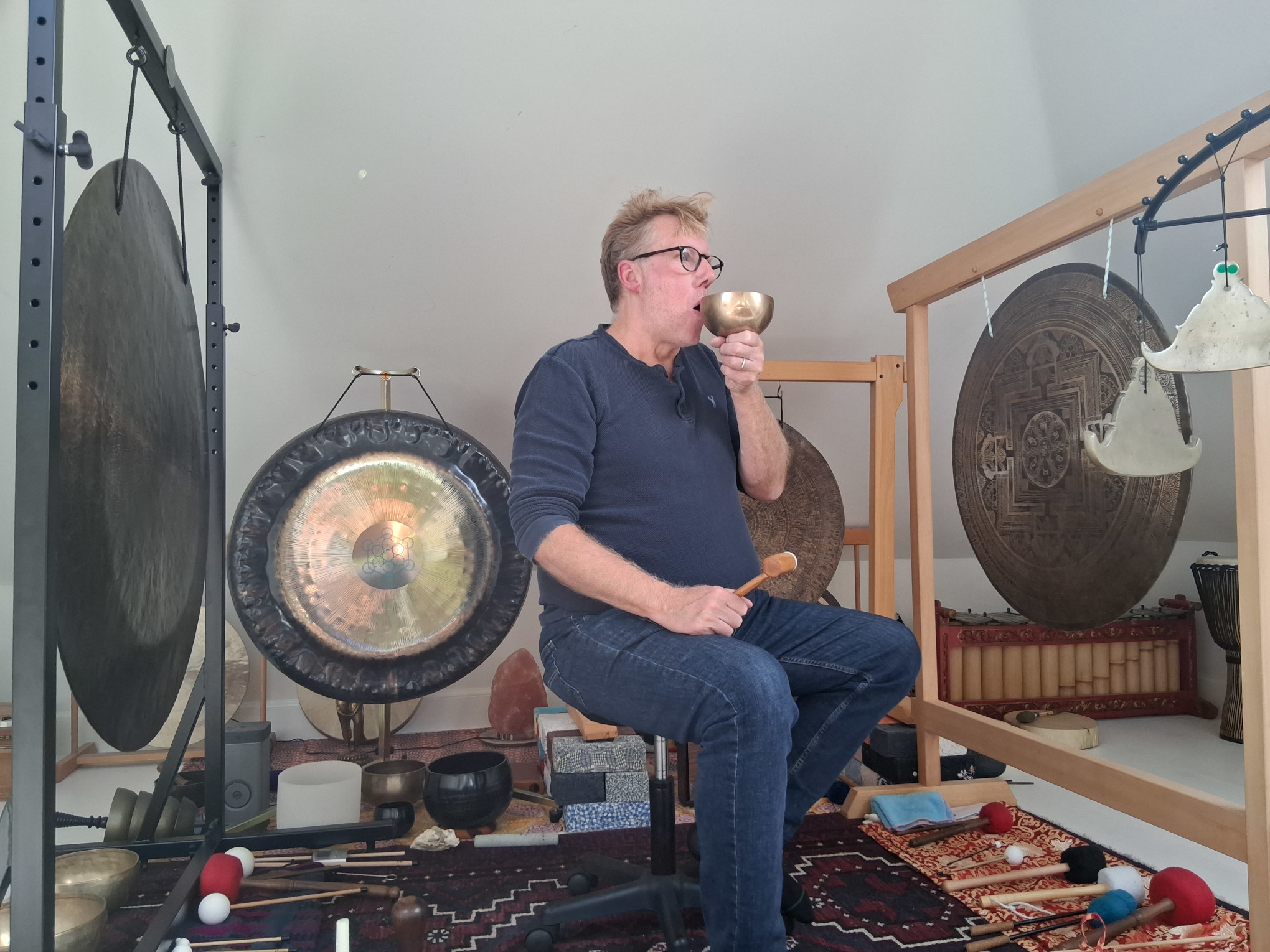
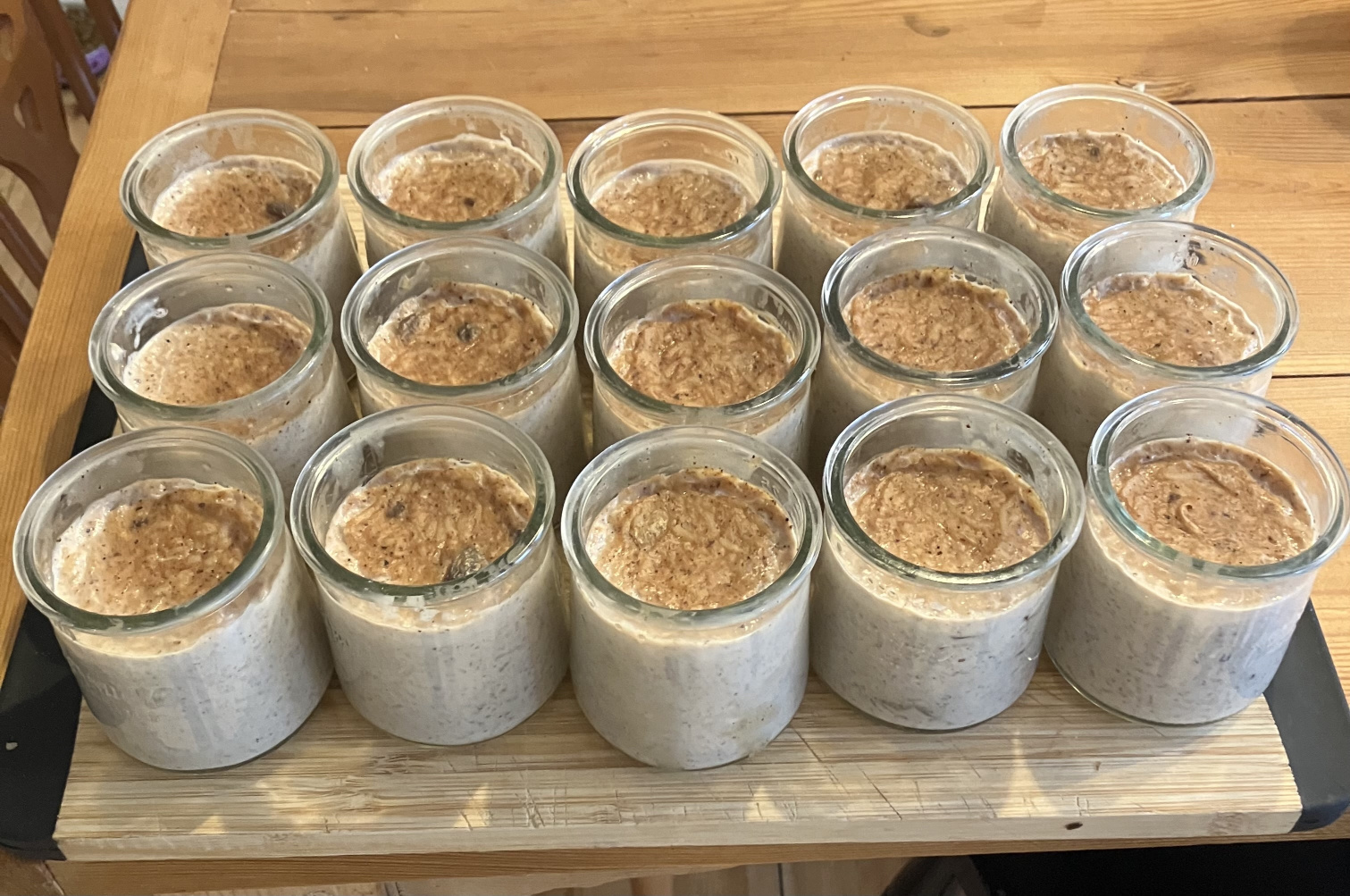
Elements of sound
“In traveling around South East Asia and Australia, my experiences with sound have been fundamental to my practice. I can remember discovering the didgeridoo on one of the last nights I spent in Australia, and carrying it home with me and playing it at any opportunity. The Call To Prayer has also been very influential. My parents were in the Middle East for 25 years and so I can remember hearing that 4 or 5 times a day when at home with them. It becomes a mantra, in the same way the chants the Hindus use in India, or indeed, the sound the didgeridoo makes. That musical spirit, or capacity, really awoke something in me and it felt like I was waking up.
“I found my voice around this time too. I’d never been much of a singer, but it started to resonate with the other sounds I was experiencing. When I started with the College of Sound Healing in 2018, I wanted to use my voice. Since then, I have weaved in different instruments, but also my voice is very much part of my practice.”
sound baths
“With a Sound Bath it’s a symbiotic relationship. I create the sounds, that are being played through me, so I am receiving the sounds as well as creating the experience for others. It helps you ground yourself, and I feel very calm after a sound bath too.
“Everyone has their own response to sound. In its simplistic form I would call it a sense of nervous system regulation. It’s deeply somatic, and there’s an opportunity always to move into that parasympathetic nervous state of rest and relax. There’s a calmness and clarity of mind, a softening of that mental loop. And it’s through all the vibrations, the frequencies of the sound in whatever way they respond and interact with all our energy, actually not just physically, but emotionally and mentally.”
gongs, bowls and chimes
“I use different gongs, singing bowls, my voice, percussive instruments and chimes to weave different sounds into the sessions. Some create dark, deep, mysterious sounds, and then there are the higher harmonics of the singing bowls and chimes. There’s an entrainment with the instruments and your body and mind that creates a calmness, and through that more clarity and coherence.
“Some people feel their bodies vibrating in certain forms. There was a client who had had surgery and the scar tissue came alive with vibrations in a session. You could have moments of clarity – ‘A ha!’ moments, or memories from the past, or a softening of that monkey mind mental loop that we all get into.
“There’s a lot written on the subject of sound baths, but I think it’s best to experience it. It gets lost in translation sometimes, and experience, passively receiving the sounds and sensing the response from your body, is the best way to understand what’s going on.”
Intention is key
“As with anything, intention is key. If you have a guiding direction and intention, sound can help harness and magnify the potential of whatever you want. It’s also good to have a moment to yourself, just an hour out of this crazy world we live in. And with both sound and somatic sessions it might feel like a luxury, which it really shouldn’t, but treated as an opportunity to step in and give your body and mind time to rest and reset itself.
“I can fit 15 people in my studio for a group session, and obviously, the sessions take on the energy of the group in these situations. A one-to-one session is far more individual and can be tailored to that person’s needs. But throughout each session there is a flow to the sounds. It’s a free-form musical score if you will. But depending on how I hit the gong or bowl will depend on the sound produced in that moment. Which does mean I need to be grounded too – if I’ve had a funny day, and things aren’t flowing for me, I need to readjust so that I can create that flow for my clients.
“It’s important for people to come along, I say, with an open mind and an open heart. Once you have experienced a session many questions may have been resolved through the actual felt experience. There is an invitation to stay behind afterwards for some teas, kheer (Indian rice pudding) and some fruit to help land and ground the session. It’s also a lovely sense of community too. I’m always happy to answer any questions that might arise then.”
You can find out more about Giles’ work and events here.
